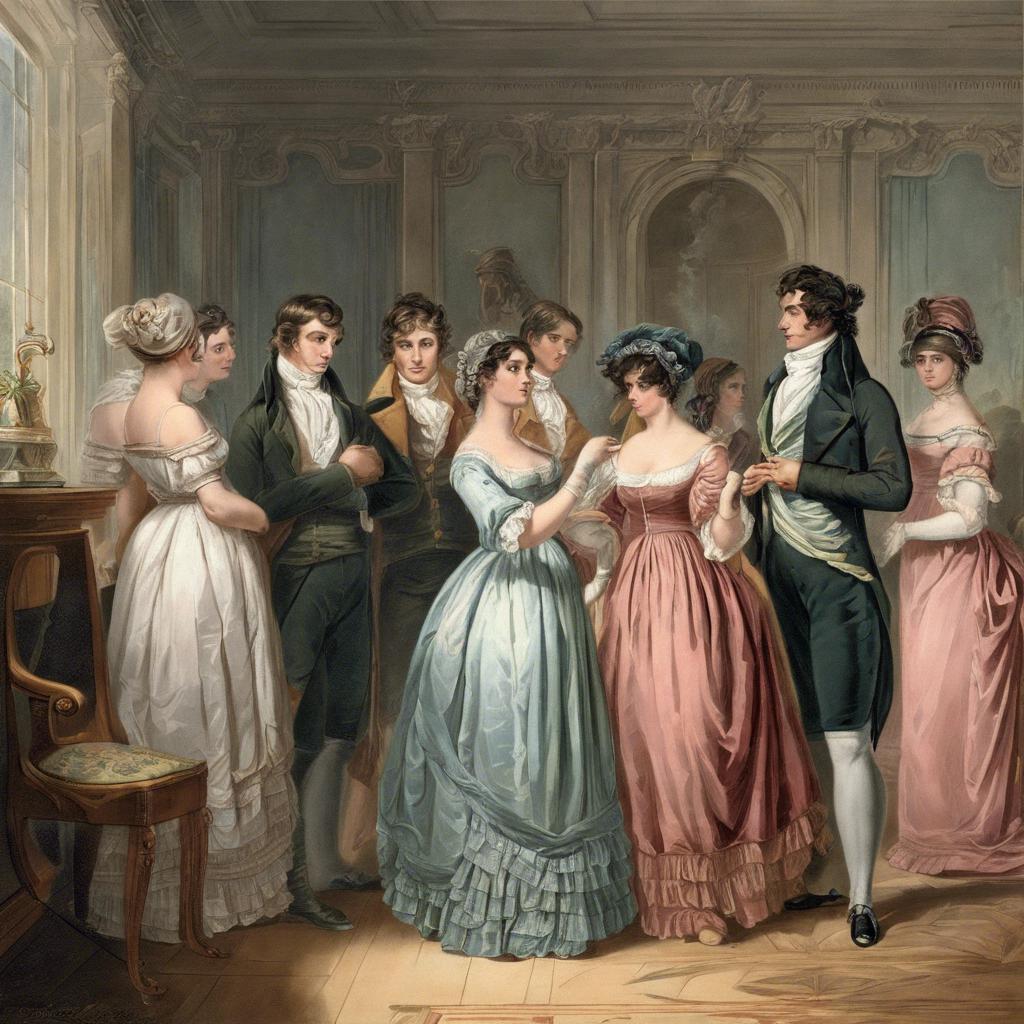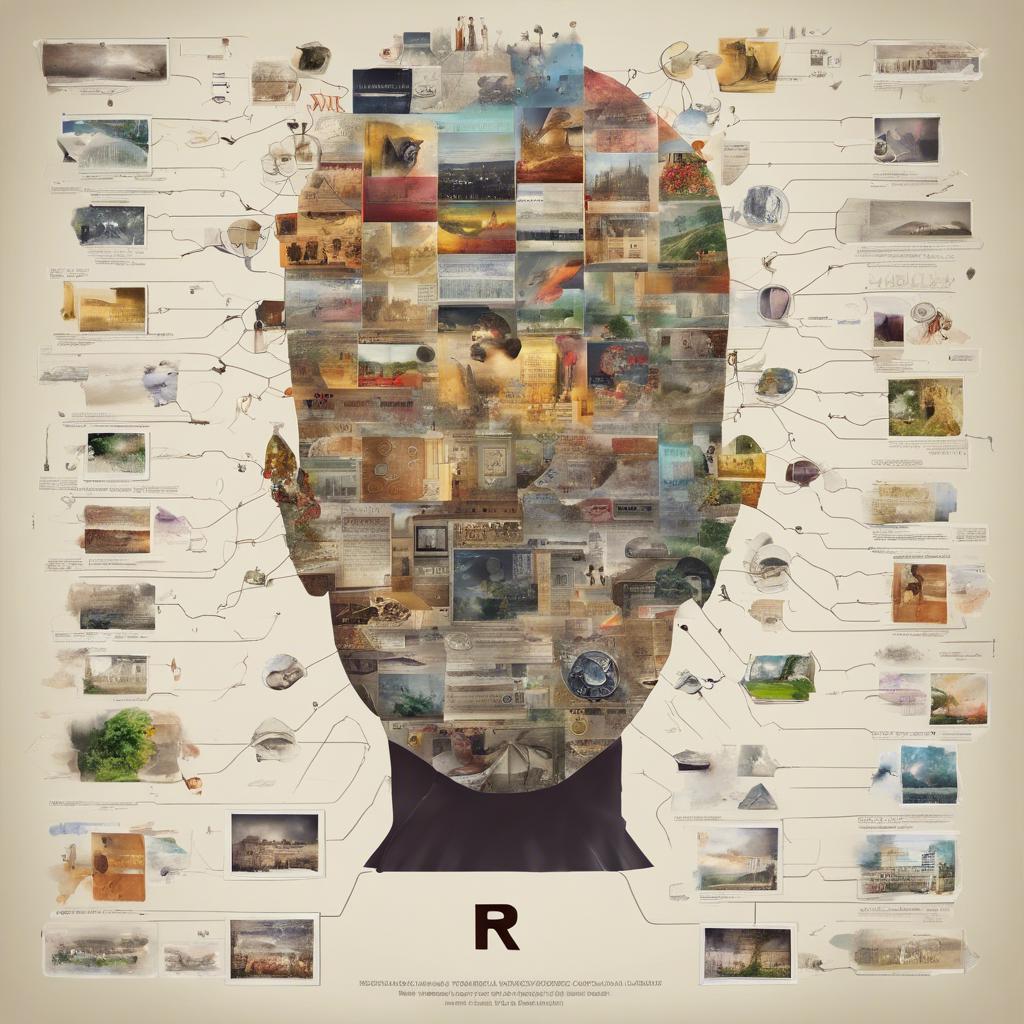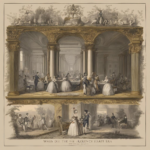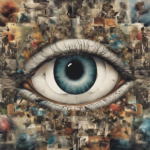In the enchanting world of the Regency era, a period characterized by elegance, refinement, and social etiquette, the spoken word was as carefully curated as one’s wardrobe. The vocabulary of the Regency era reflects the intricate nuances and complexities of the society that thrived during this time. From elaborate ballroom conversations to clandestine whispers in the drawing room, the language used by the upper echelons of society was as much a reflection of their status and sophistication as their manners and attire. Let us delve into the rich tapestry of Regency era vocabulary and explore the fascinating linguistic landscape of this bygone era.
Step Into the World of Cheryl Bolen
Dive into the enchanting stories of love, intrigue, and elegance set in the Regency Era. Cheryl Bolen's novels offer timeless romance and captivating tales that will leave you wanting more.
Explore Cheryl Bolen's Books Now
Introduction to Regency Era Vocabulary
The Regency Era, which lasted from 1811 to 1820, was a period of great cultural and linguistic significance in British history. During this time, the English language saw the introduction of many new words and phrases that reflected the changing social norms and literary trends of the era.
One prominent feature of Regency Era vocabulary was the use of elaborate and flowery language in both writing and speech. Words such as “gallant,” “charming,” and “elegant” were commonly used to describe individuals who were considered fashionable or socially adept. Additionally, expressions like “sirrah” and “good sir” were used as polite forms of address.
Furthermore, the Regency Era saw the adoption of many French terms into English, reflecting the influence of French culture on British society at the time. Words like “soiree,” “chic,” and “au courant” were commonly used in social settings to denote sophistication and refinement. This blend of French and English vocabulary added an air of elegance and sophistication to the language of the era.
Key Terms and Phrases of the Regency Era: A Comprehensive Guide
The Regency Era was a time of elegance and sophistication, reflected in the unique vocabulary of the period. Here is a comprehensive guide to the key terms and phrases that were prevalent during this historical time:
Regency: The Regency Era, spanning from 1811 to 1820, refers to the period when King George III was deemed unfit to rule, and his son, the Prince of Wales, acted as Prince Regent. This era was characterized by lavish parties, romanticism, and a distinct style in fashion and architecture.
Gentleman: In Regency society, a gentleman was expected to display manners, etiquette, and sophistication. This term was used to describe a man of good breeding and social standing, often associated with the aristocracy or landed gentry.
Understanding the Social Context of Regency Era Language
During the Regency Era, the English language underwent significant changes in social context, leading to the development of unique vocabulary that reflected the cultural norms of the time. This period, spanning from 1811 to 1820, was characterized by elegance, refinement, and strict social hierarchies.
Key aspects of Regency Era language:
- Politeness and formality were highly valued in speech and writing.
- French influence on vocabulary due to the close ties between England and France during this time.
- Class distinctions were reflected in the vocabulary used by different social groups.
| Upper Class Vocabulary | Working Class Vocabulary |
|---|---|
| Carriage | Cart |
| Ballroom | Pub |
| Manor | Cottage |
By , we can gain insight into the values and beliefs of the period, as well as the ways in which language was used to reinforce social hierarchies and norms. This linguistic richness adds depth to our understanding of the literature and culture of the time, allowing us to appreciate the nuances and subtleties of communication in the Regency Era.
Tips for Incorporating Regency Era Vocabulary into Your Writing
When writing in the Regency Era style, it is important to incorporate vocabulary typical of that time period. By using authentic language, you can truly capture the essence of the era and transport your readers to a different time. Here are some tips for seamlessly weaving Regency Era vocabulary into your writing:
- Embrace Polite Language: In the Regency Era, manners and propriety were highly valued. Incorporate phrases such as “I beg your pardon” or “Pray, tell me” to add a touch of elegance to your writing.
- Use Formal Titles: Address characters by their proper titles, such as “Mr.” or “Miss,” instead of using modern equivalents like “Mister” or “Ms.” This attention to detail will lend authenticity to your writing.
- Incorporate Regency Era Slang: Research common slang terms used during the Regency Era and sprinkle them throughout your writing to add color and character. Terms like ”dash it all” or “blow me down” can bring your dialogue to life.
Key Takeaways
the vocabulary of the Regency Era offers a fascinating glimpse into the language and culture of the time. From the elegant and formal speech of the upper classes to the slang and colloquialisms of the lower ranks, these words and phrases provide insight into the complex social dynamics of the era. By exploring and understanding this unique lexicon, we can gain a deeper appreciation for the literature, history, and society of the Regency Era. Let us continue to preserve and appreciate the language of this remarkable period in history.


